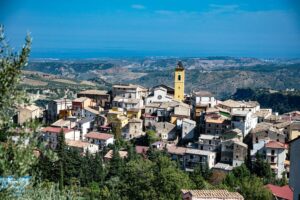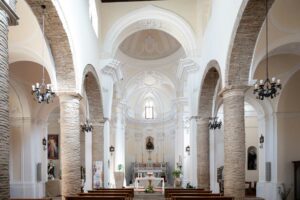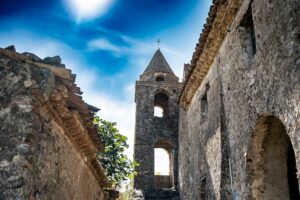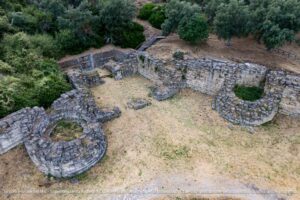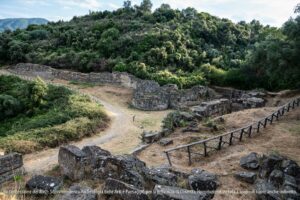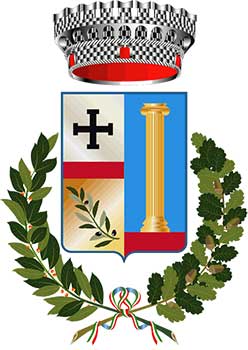
Ancient medieval village
Paludi(CS)
Paludi is a village of medieval origins, located in the Apennines on the Ionian coast of Calabria.
The economy of the municipality is based on traditional agricultural activities and the production of typical Calabrian products.
The Paludese, who have an old-age index lower than the Italian average, are almost all concentrated in the municipal capital; the rest of the population is distributed in numerous scattered houses.
The territory has an irregular geometric profile, with very marked differences in elevation: it reaches 1,034 meters above sea level.
The settlement, nestled in a picturesque landscape setting, is affected by strong building growth; its plano-altimetric pattern is slightly varied.
Brief historical background
Paludi was founded between the 14th and 15th centuries by a group of peasants who settled in the Caprarizzo locality to better provide for field work and livestock breeding.
However, the area appears to have been inhabited much earlier, as evidenced by the pre-Hellenic necropolis and the remains of a large Bretzian settlement found in the area.
The place name is a derivative of the Latin PALUS, PALUDE, ‘swamp, marsh.’
Casale di Rossano, followed its fortunes, being assigned in the second half of the 15th century to the Marzano and Sforza families, who regained possession after a period of regency by the Aragonese.
In the 17th century, it belonged to the Aldobrandini family, which was succeeded by the Borghese family, under whose rule it remained until the abolition of feudalism, sanctioned by Napoleonic laws.
Included in the canton of Corigliano, at the time of the Parthenopean Republic, with the administrative reforms implemented by the French, in the early 19th century, it was first included, as a university, in the so-called government of Rossano and then among the municipalities of the Cropalati district, in whose jurisdiction it was also maintained by the Bourbons.
The post-unification history does not differ from that of the rest of the region.
Historical-architectural evidence includes: the 16th-century parish church, dedicated to St. Clement, and the ruins of the walls of the Castiglione locality, dating back to the 4th century BC.
